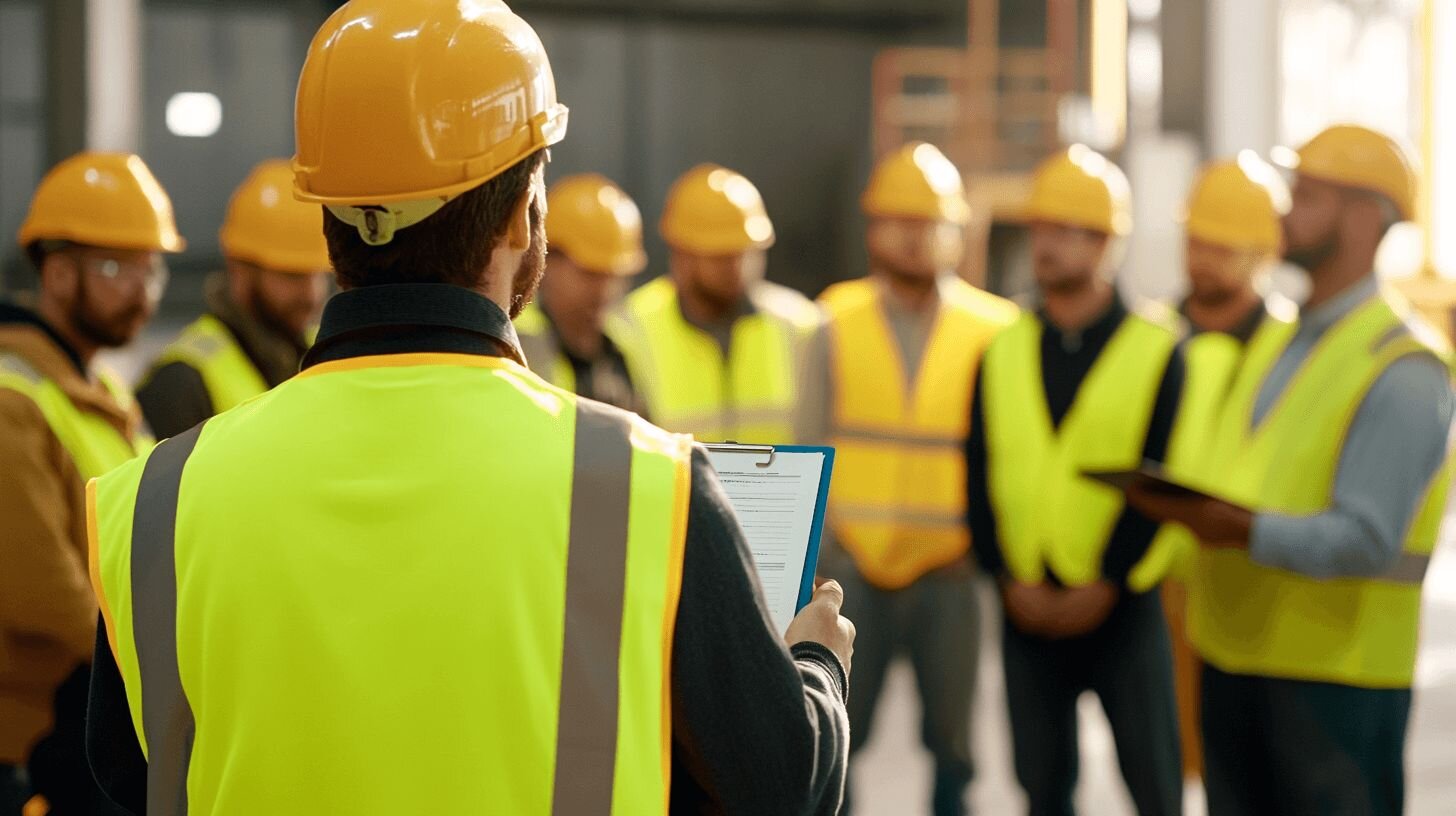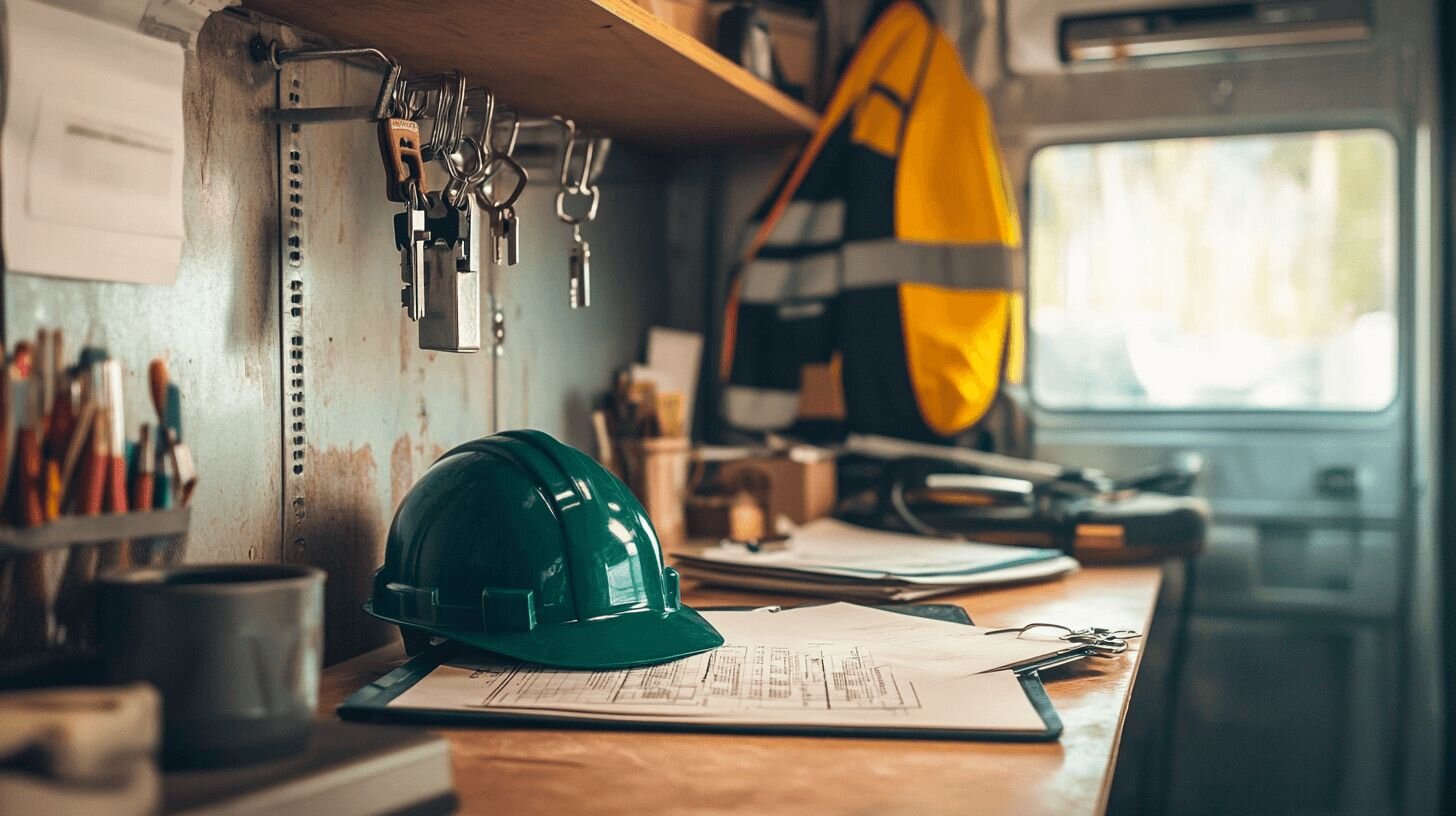Ask anyone who’s been in construction a while, and they’ll tell you that some cities are just better to work in than others. Not because of the weather or the skyline, but because of what they’re building and how they’re building it.
A new 22-year analysis backs up what many contractors already know from experience: dense cities create more work, pay better, and hold up stronger during downturns.
The report looks at construction data across nearly 200 metro areas and finds a clear pattern: when cities build up instead of out, the trades win.
If you’re a commercial contractor looking to grow your business, this is the kind of trend worth paying attention to.
Bigger Buildings, Bigger Paychecks
Between 2012 and 2020, construction wages grew a lot faster in dense urban areas than in sprawl-heavy metros. In fact:
- Total construction wages in dense cities rose by 74.3%
- In sprawl areas, that number was just 43.8%
Crews working in dense metros are seeing bigger paydays, and that kind of wage growth helps subcontractors, estimators, and project managers all the way up the chain.
Same Growth, More Jobs
You might think more jobs come from cities with more people, but the study shows that’s not the case.
Both dense and sprawling metro areas had similar population growth (7.3% and 6.9%, respectively).
But when it came to construction employment, dense cities added jobs at a rate of 56.9% and sprawl cities only hit 37.3%.
That’s a serious gap. Same population growth, but a lot more work coming out of dense areas.
Why?
Dense development means more moving parts: bigger crews, complex schedules, and jobs that call for serious coordination.
Why Building Up Pays More Than Building Out
Jobs with height are more complex to build. Each floor adds more systems to install, more trades to coordinate, more time on the schedule, and stricter safety protocols.
One-level jobs stay (relatively) simple. Stacking floors stacks responsibilities. Here are just a few of the things multi-level builds require:
- Electricians have to run conduit and panels across multiple stories
- You need fall prevention and edge protection on every level
- Materials must be lifted and staged using cranes or hoists
- Fire-rated assemblies and vertical shaft coordination take more planning
- Stairwells, elevators, and egress paths need to align floor by floor
- Inspections and sign-offs happen at multiple elevations across the build
That kind of complexity takes more skill, time, and effort, which raises the value of your labor and leads to bigger paydays.
Follow the Density
If you’re chasing work that keeps your crews busy and your back office humming, look toward cities that are building up. Dense metros are stacking the deck in favor of construction pros who know how to handle complexity.
These projects bring more trades to the table, more coordination across crews, and more labor hours from start to finish. It’s the kind of work that fills the calendar and keeps margins healthy.



